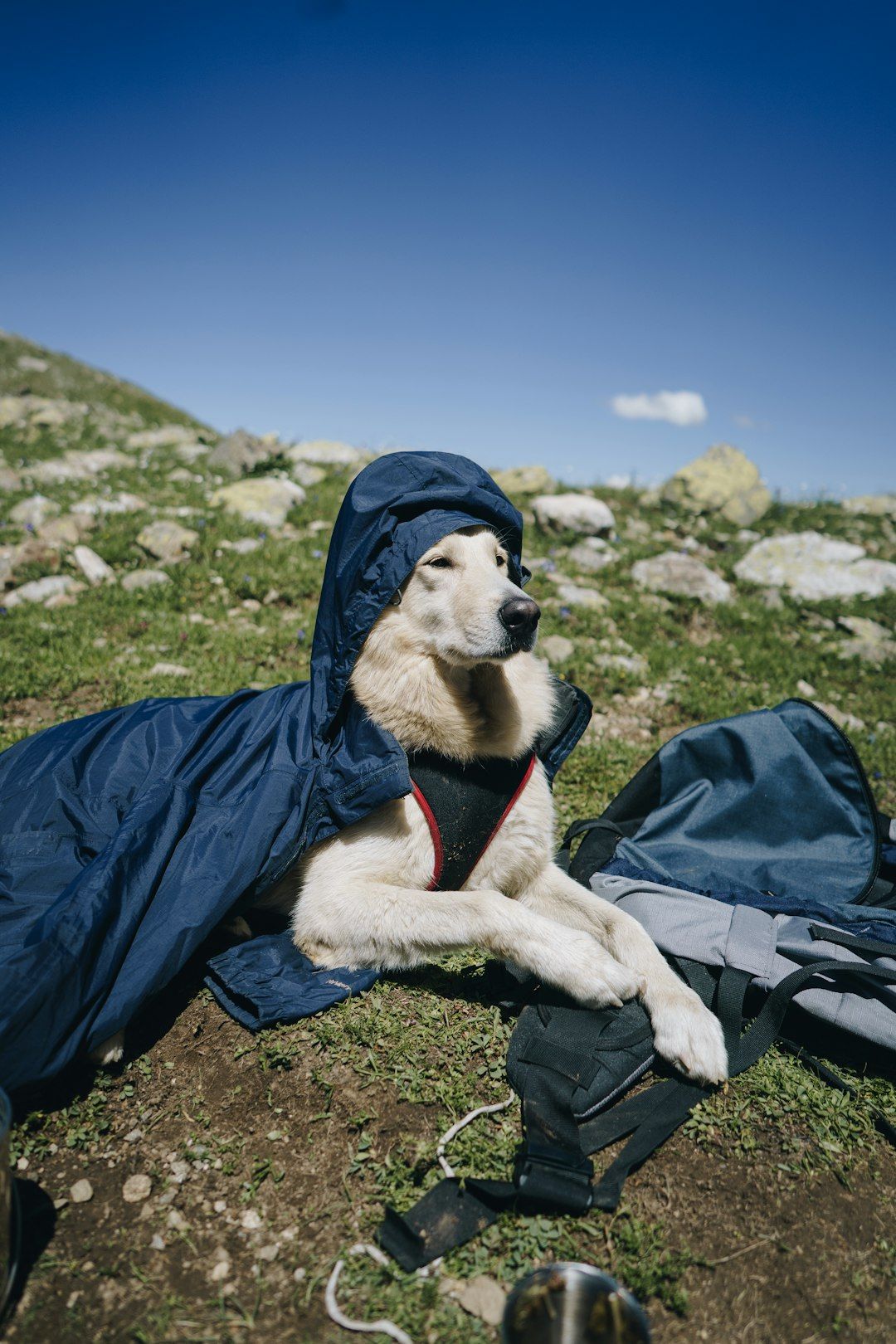Understanding Seasonal Changes and Your Dog’s Behavior
As the seasons change, so do the behaviors and health of your furry friend. It’s important for dog owners to understand how these changes can affect their pets in order to provide the best care possible. In this blog post, we’ll explore some of the ways that seasonal changes can impact your dog’s behavior and health, and offer some tips on how to help your canine companion adjust.
Temperature Fluctuations and Your Dog’s Comfort
One of the most obvious ways that seasonal changes can affect your dog is through temperature fluctuations. As the weather gets colder or hotter, your dog may become more or less active, depending on their breed and individual preferences. Some dogs, especially those with thick coats, may struggle to stay cool in the summer heat, while others may shiver and seek warmth during the winter months. To help your dog stay comfortable, make sure to provide them with appropriate bedding and shelter for the season, and consider investing in a dog coat or sweater for colder weather.

Changes in Daylight and Your Dog’s Internal Clock
As the days get shorter or longer, your dog’s internal clock may be affected. This can lead to changes in their sleep patterns and overall energy levels. To help your dog adjust, try to maintain a consistent daily routine, including regular feeding times and walks. It’s also a good idea to provide your dog with mental stimulation and exercise to help them stay alert and engaged, regardless of the amount of daylight available.
Seasonal Allergies and Your Dog’s Health
Just like humans, dogs can suffer from seasonal allergies. Pollen, mold, and other allergens can cause your dog to experience itching, sneezing, and other symptoms. If you notice your dog showing signs of allergies, consult with your veterinarian for advice on how to best manage their symptoms. They may recommend allergy medications, special shampoos, or other treatments to help your dog feel better.

Mood Changes and Seasonal Affective Disorder
Some dogs may experience mood changes as the seasons shift, particularly during the transition from summer to fall and winter. This can be due to a variety of factors, including changes in daylight, temperature, and activity levels. In some cases, dogs may even experience a form of seasonal affective disorder (SAD), which can cause them to become lethargic, irritable, or depressed. If you suspect your dog may be suffering from SAD, consult with your veterinarian for guidance on how to help them adjust and improve their mood.
Increased Risk of Parasites
As the weather warms up, the risk of your dog being exposed to parasites such as fleas, ticks, and heartworms increases. Make sure to stay on top of your dog’s preventative treatments and check them regularly for signs of infestation. Early detection and treatment can help prevent serious health problems for your pet.

Outdoor Hazards and Safety Precautions
Each season brings its own set of outdoor hazards for your dog. In the winter, ice and snow can pose risks for slips and falls, while the summer heat can lead to dehydration and heatstroke. Be aware of the potential dangers in your environment and take necessary precautions to keep your dog safe. This may include providing fresh water, offering shade, and avoiding walks during the hottest or coldest parts of the day.
Conclusion
As a responsible dog owner, it’s important to be aware of how seasonal changes can affect your pet’s behavior and health. By understanding these shifts and taking appropriate measures to help your dog adjust, you can ensure that they stay happy, healthy, and comfortable throughout the year. Don’t hesitate to consult with your veterinarian if you have any concerns or questions about your dog’s well-being during seasonal transitions.
